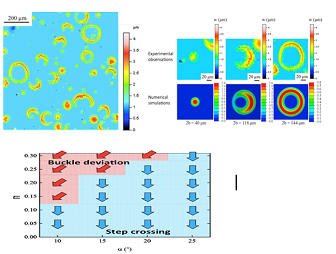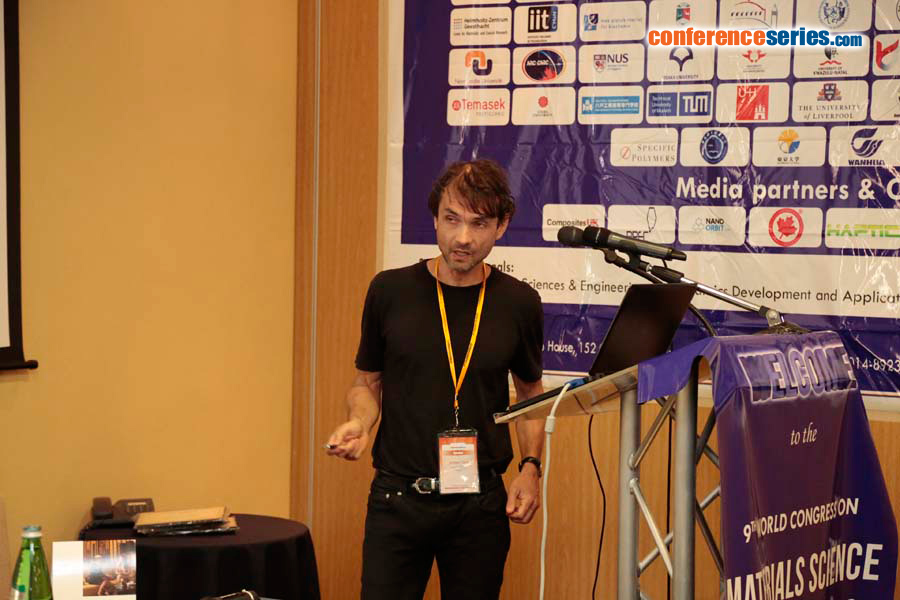
Jérôme Colin
University of Poitiers, France
Title: Effects of plasticity and pressure on the morphology and propagation of blisters: formation of croissant and donut-like buckles
Biography
Biography: Jérôme Colin
Abstract
In a first part, the formation of donut and croissant-like buckles that have been observed onto the free-surface of strained gold thin films deposited on silicon substrates (see figure 1) has been studied from a static point of view by means of finite element simulations. Taking into account the combined effects of the atmospheric pressure applying onto the upper free-surface of the films and of the plastic folding at the circumference of the blisters, the different morphologies of the buckles have been explained. A “shape” diagram for the buckles has been provided as a function of the pressure and of the internal compression strain. The shape and width of the blisters numerically obtained and experimentally observed have been finally analyzed and have been found to match (see figure 2). In the second part, the propagation of the buckles appearing onto the surface of the gold thin films on silicon substrates has been investigated from a dynamical point of view, in the case where atomic steps are present at the film-substrate interface. Although it has only been experimentally observed that the buckles always propagate along the steps on the surface of gold films, the conditions on the internal compression strain in the films, the orientation of the steps with respect to the buckles and the step heights have been determined for the step crossing or step following phenomena. A “propagation” diagram is finally provided versus the angle a between the steps and the compression strain and the step height H



